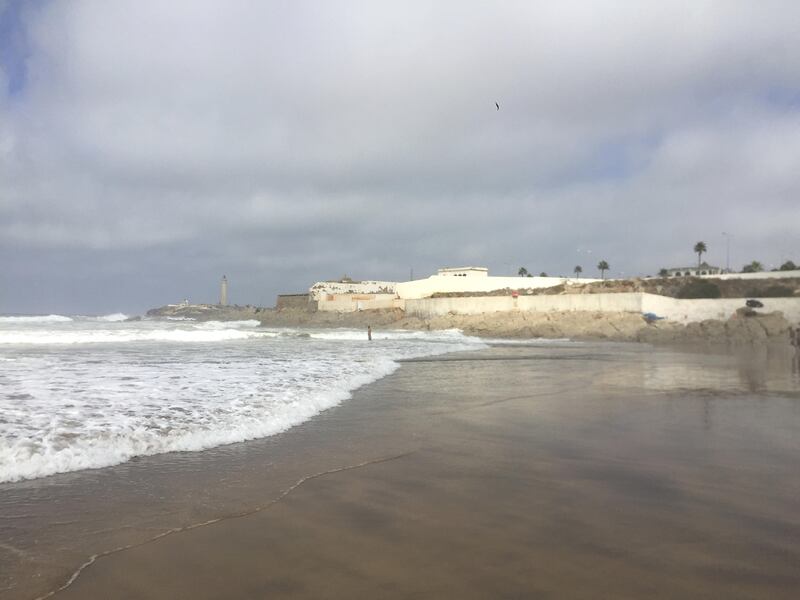I visited Morocco for the first time this week for a conference in Marrakech, and, while that city or Fes, Essaouira, Tangier or Ouarzazate would probably have been my ideal landing places, Etihad's direct services offer the option of either Casablanca or Rabat.
Choosing Casablanca, I'm pleased to report that it is well worth a trip, even if only for a long weekend.
The city has wild Atlantic beaches, one of the world's biggest mosques, under-touristed medinas and a great diversity of architecture, including a large but dwindling stock of faded Art Deco buildings.
Francophile historians and architecture enthusiasts will feel particularly at home, though the city could do with a smart little boutique hotel, possibly in one of the Art Deco blocks, to shore up interest and help protect the remaining of what are considered the city's aesthetic assets.
Since I was staying near the beach, the best thing for me was the intoxicating sea air and views of the old lighthouse from the beach at Anfa.
The mist mixes with the sea spray crashing around the rocky headland; a view that hasn't changed in centuries.
This is the oldest part of the city, where the Phoenicians built a trading port in the 6th century BC. A few tips for others planning a trip:
1. The 1942 film Casablanca wasn't filmed there but in Los Angeles, so don't waste your time watching it before you go. Rick's Cafe has been modelled on the one in the film, but is a tourist trap and staff are rude, so don't bother with that either.
2. The best Moroccan food is prepared in the home, so most people go for French restaurants when eating out. Relais de Paris, just behind the Corniche near the lighthouse, is recommended. Alternatively, buy fresh fish at the Central Market and have it cooked for you in one of the neighbouring stalls. Just don't go in the month after Eid al Adha, when most fishermen are having a month off.
3. The beaches are beautiful, but dirty. The municipality needs to invest in some industrial beach cleaning machines to sift out all the discarded plastic and other detritus.
Even the sand is dirty in many places, but a good grooming would improve things massively.
Although slightly cold, it is worth having a swim as the water seems clean, but it's best to stay close to the shoreline for safety. I'd advise swimming at low tide, this is when you'll have a nice clean sweep of sand to enjoy, and the waves will be smaller.
4. Much of the city's Corniche, while worth seeing, is also grubby and needs hosing down.
There's a bizarre collection of decades-old, broken-looking restaurants and beach clubs, which even more strangely charge extortionate entry fees.
If you want luxury and cleanliness, go for the new Four Seasons or Pestana Casablanca. As far as the beachfront cafes go, La Terazza is probably the best.
5. The Hassan II mosque, one of the biggest in the world, is set on partially reclaimed land beside the sea.
The building is surprisingly beautiful and affecting. Hats off to the French architect Michel Pinseau. Tours take about 45 minutes and cost 120 Moroccan dirhams (Dh47).
6. If you're carrying on your trip from Casablanca to Marrakech, don't bother flying. By the time you've got to the airport, checked in, flown and arrived, a car could have beaten you to it.
______________
Read more:
On the move: Forest bathing? Now it's serious business
[ On the move: a sense of place really drives you ]
[ On the move: if you want peace, travel ]
______________





